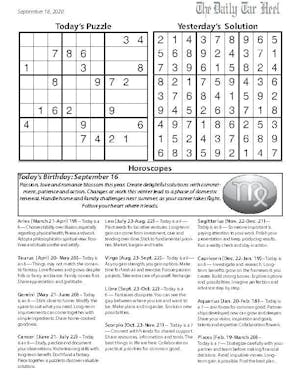Friedrich Nietzsche once said, “If you gaze long enough into an abyss, the abyss gazes also into you.” You’ll know what he means if you see this film.
Documentarian Ron Fricke has captured thousands of human gazes from dozens of countries and assembled them into a nonverbal montage. Splicing these looks with scenes of geological marvels and architectural genius, Fricke tunes his viewers into an expressivity surging from any and everything on Earth.
The film spends most of its time in Asia, whether in hillside villages of Buddhist monks or overstuffed trains in Tokyo’s underground. As Fricke moves to the Middle East, Africa and the U.S., his subjects grow more and more diverse: geishas, the Sistine Chapel, Hasidic Jews, the Sahara Desert, weapon warehouses, a disfigured marine — all focalized in a way that Nietzsche understood.
A documentary of this scope finds its cohesion through sound and editing. In the case of “Samsara,” the former simply works and the latter simply blows you away.
The film’s score seems inspired by the images that unfold. It joins in the viewing experience but can never help carry you through it.
Co-editors Fricke and Mark Magidson do that instead, manipulating the time and duration of each shot so that the film rests and crescendos in the same purely visual way by which an abyss can gaze into its spectator.
But the film does jump on several occasions to slaughtered farm animals and humanlike robots, upping the experience from perception to cognitive thought.
For a nonverbal travelogue, that’s one step too far. And for a uniquely satisfying time in the theater, it’s one you can guiltlessly disregard.
To get the day's news and headlines in your inbox each morning, sign up for our email newsletters.




